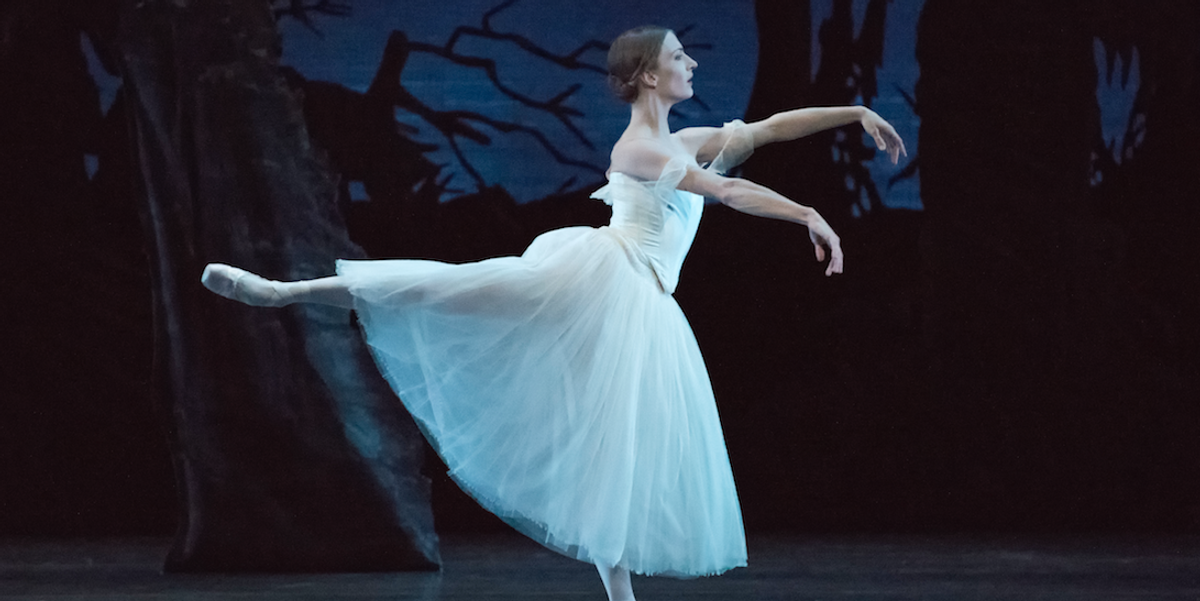Simone Messmer on Making the Title Role in "Giselle" Her Own
When Miami City Ballet brought Giselle back into its repertoire recently, the company borrowed sets and costumes from American Ballet Theatre. MCB principal (and former ABT soloist) Simone Messmer would dance the lead after years of watching and performing alongside famous ballerinas in the title role. “I had so much attachment to that production, and those costumes,” says Messmer, who had danced nearly every role except the coveted Giselle. “When I finally performed it, I think I wore Alessandra Ferri’s costume for Act I and Natalia Makarova’s for Act II.” To add to the emotional roller coaster, ABT company members had written “merde” messages for Messmer’s debut and tucked them in with the costumes when they were shipped to Miami.
Taking on a classic role such as Giselle comes with a tall order: respecting history while trying to make history. The ballerina must come into her own within a role, even as she hews close to decades- or centuries-old choreography. Below, Messmer talks about what it took for them to make a classic role her own.
“I had so many preconceived notions about dancing Giselle,” says Simone Messmer, “but getting into it was a much different animal.” For starters, she thought she would have a bigger challenge in Act II, but, instead, Act I proved harder. “It sounds silly, but hopping on pointe has always been very difficult for me,” explains Messmer. “When I thought about it too much, it made the acting more difficult.”
With former Royal Winnipeg Ballet star Evelyn Hart as a coach, Messmer began to talk through the myriad choices, and the differences between the ABT and MCB versions. Messmer felt adamant that Hilarion, rather than Albrecht, be the one to pull the sword from Giselle during the mad scene (the action sentences him to death in Act II) and found herself educating some of the other dancers on the fatal symbolism of the circle she draws with the sword and why they should not cross it, for fear of their own deaths. “When you come from a ballet theater versus an abstract ballet background, there are differences in details,” she says. “They were gracious about letting me pass the information along and make those changes.”
Messmer also picked her technical challenges and decided to go for the more difficult arabesque fouettés (which roll slowly through pointe) instead of jumping around Albrecht during the Act II pas de deux. “It gave me a lot of trust in myself,” says Messmer.
Years of dancing Myrtha at ABT had also given her opportunities to observe and interact with really effective Giselles, and the confidence to make singular choices now that it was her turn. “By the time I got to Act II, I knew where I wanted to be emotionally,” recalls Messmer. “Toward the end of the act, I decided to really beg Myrtha, to get in her face. I was very confident in that choice, and it was one of the first times as a ballerina that I let everything go and did not question where I was.” P





